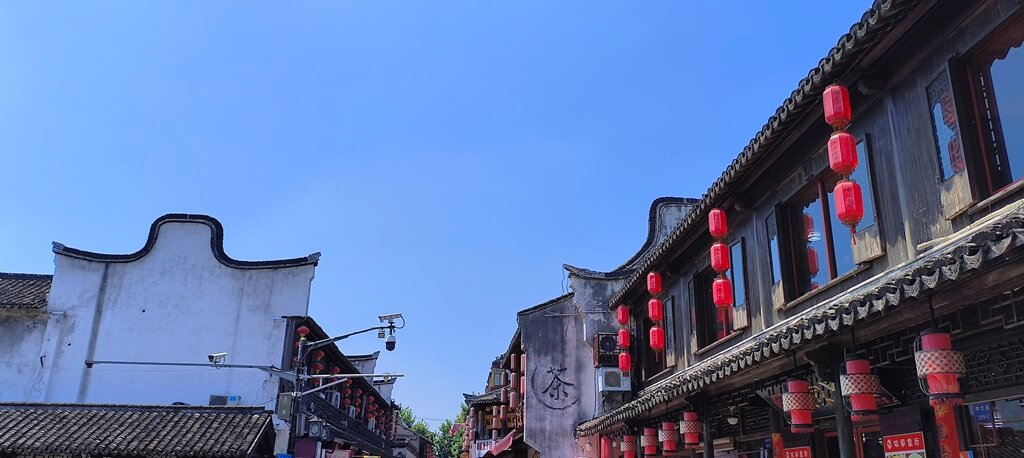Beijing, August 30, 2024
The National Energy Administration (NEA) has announced a significant milestone in the expansion of electric vehicle (EV) infrastructure in China. As of the end of July this year, 95% of the country’s highway service areas have been equipped with EV charging capabilities, ensuring that drivers of electric vehicles can travel across the nation with ease and confidence.
EV Infrastructure Expansion
During a press conference held on August 29, Deputy Director of the NEA, Wan Jingsong, revealed that the total number of charging facilities in China has reached 10.6 million, effectively meeting the charging demands of over 25 million new energy vehicles (NEVs). This infrastructure expansion is part of the government’s broader strategy to promote green and sustainable transportation.
Wan highlighted that the public charging service radius in the central areas of first-tier cities is now comparable to that of gas stations, providing EV owners with convenient access to charging points. The NEA’s efforts have resulted in the formation of a ten vertical, ten horizontal, and two circular inter-city charging network, ensuring comprehensive coverage across the country.
The Ten Vertical, Ten Horizontal, Two Circular Network
The ten vertical, ten horizontal, and two circular城际 charging network is a strategic layout designed to facilitate seamless travel for EV owners. This network includes:
- Ten Vertical Routes: Stretching from north to south, these routes connect major cities along the country’s longitudinal axis.
- Ten Horizontal Routes: Running from east to west, these routes link key cities along the country’s latitudinal axis.
- Two Circular Routes: These circular routes encircle major economic regions, providing a loop of charging facilities for EVs.
This network ensures that EV drivers can travel across the country without worrying about running out of charge, thereby promoting the widespread adoption of electric vehicles.
Government Support and Subsidies
The NEA’s announcement comes on the heels of several government initiatives aimed at supporting the growth of the NEV market. For instance, the Sichuan provincial government recently announced a 10% one-time subsidy for newly purchased hydrogen energy city buses. Similarly, the Hunan provincial government plans to replace and upgrade 70,000 personal consumer cars by the end of the year.
These subsidies and incentives are part of a broader policy framework that seeks to reduce carbon emissions and promote sustainable transportation. The Chinese government has set ambitious targets for NEV adoption, aiming to have NEVs account for 20% of all new vehicle sales by 2025.
Market Response
The expansion of EV charging infrastructure has been welcomed by the automotive industry and consumers alike. Industry experts believe that the availability of charging facilities in highway service areas will significantly boost consumer confidence in EVs, leading to higher adoption rates.
Having reliable charging infrastructure is crucial for the mass adoption of electric vehicles, said Li Wei, an automotive industry analyst. The NEA’s efforts in expanding the charging network will go a long way in promoting sustainable transportation in China.
Conclusion
The NEA’s announcement of 95% of highway service areas being equipped with charging facilities is a significant step forward in China’s journey towards a greener and more sustainable transportation system. With the continued support of the government and the rapid expansion of EV infrastructure, China is poised to become a global leader in the electric vehicle market.
Views: 0
